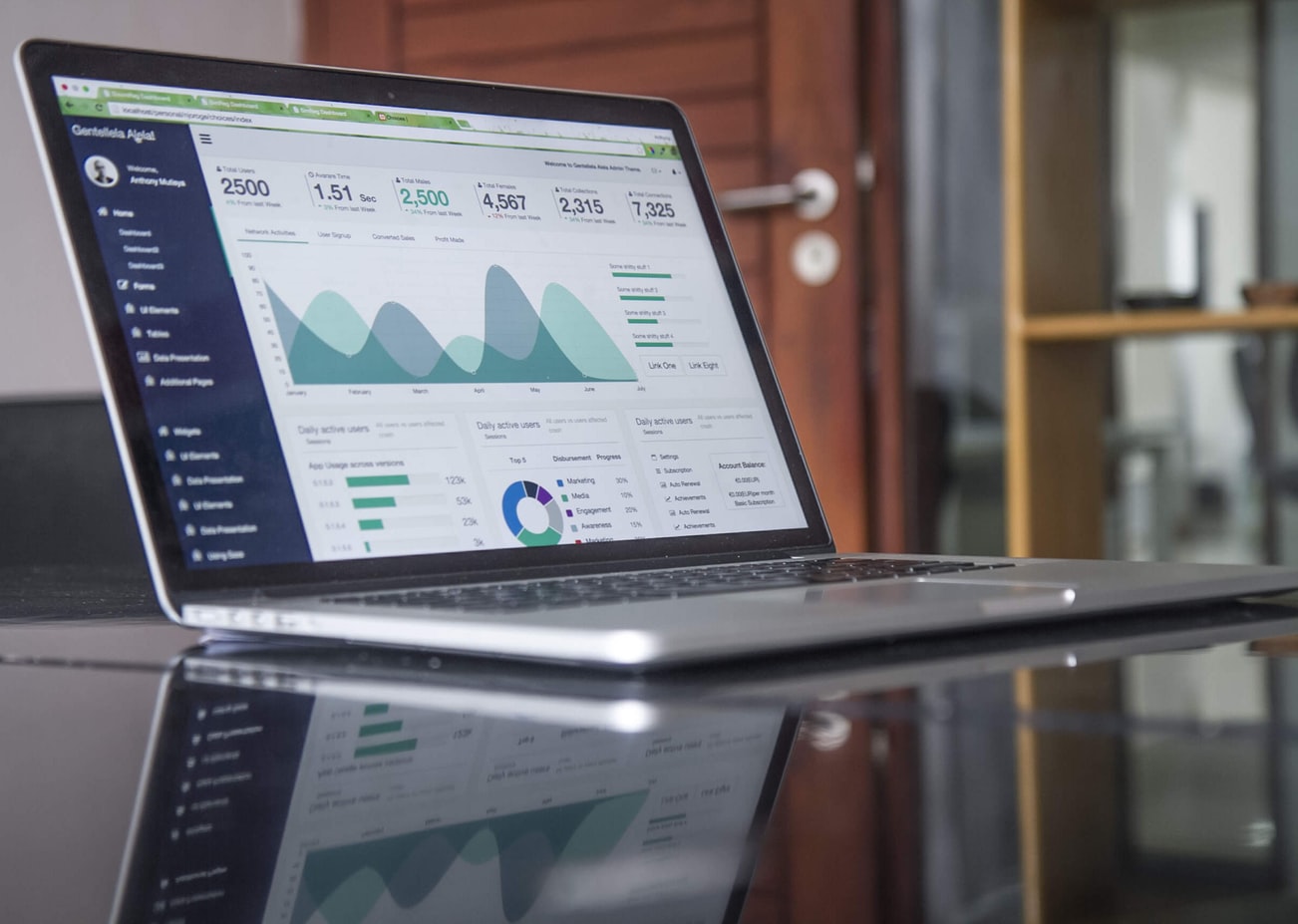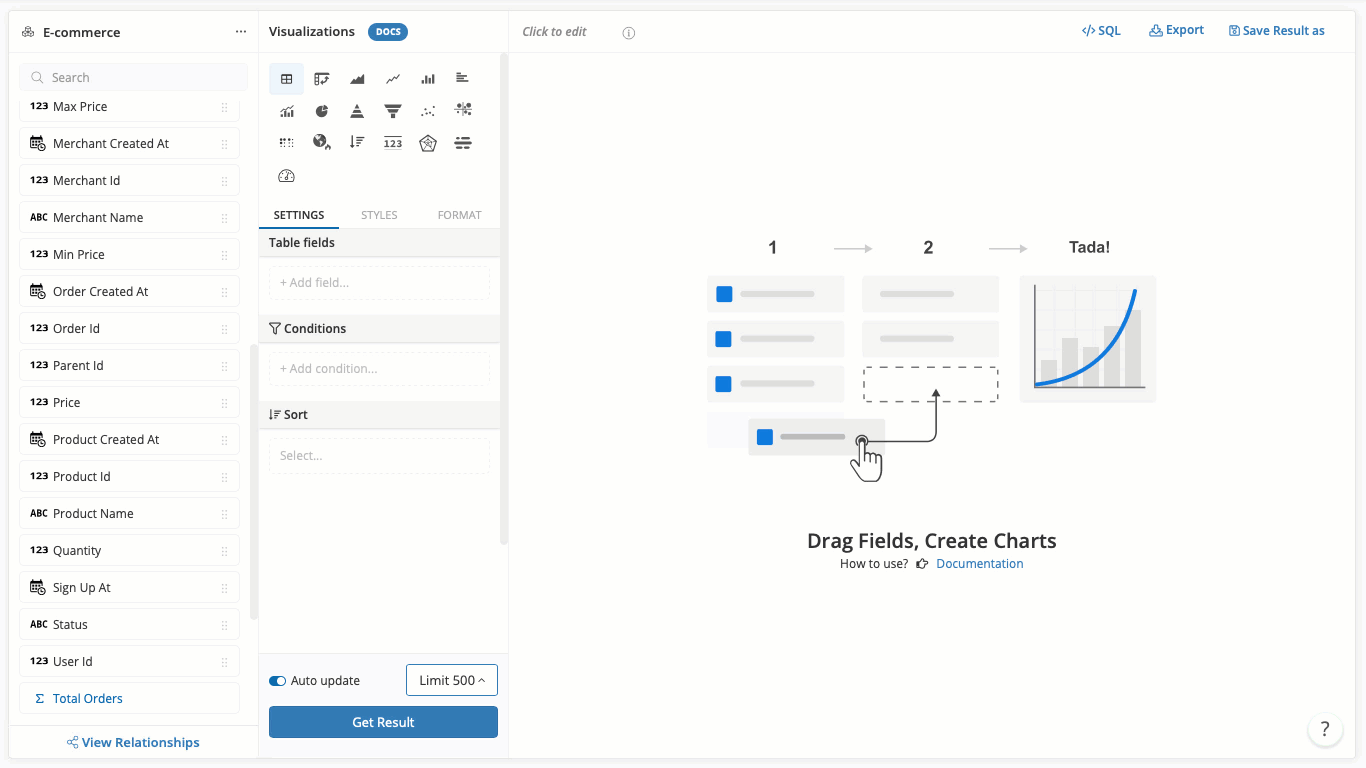How to use Power BI on Mac Devices
- Get link
- X
- Other Apps
Power BI is a powerful BI tool, but it sadly doesn't support Mac devices.
A couple of years ago, I was working for a company where 90% of our staff had a MacBook and loved it, but there was no way for our Data Team to work with Power BI to build out reporting. Then we turned into another tool named Holistics, a cloud-based one.

In this post, I will share my experiences implementing Power BI on Mac OS, which I hope is helpful to you if you are looking for a solution.
Disclaimer: I fell in love with Holistics at the previous company, and am now working for Holistics!
To get in depth knowledge on Power BI, enrich your skills on Power BI online training professionals.
Our 3 solutions for running Power BI on Mac
Since Power BI can't run on a Mac, here are our recommendations to run Power BI on Macintosh Devices.
- Install and run Power BI on a Virtual Machine, then remote in to that Virtual Machine.
- Install and run Power BI on a PC, then use a remote viewer to control that PC.
- Use an alternative BI solution.
Power BI's support for Mac Devices
To give you a little context about Microsoft's plan on supporting Power BI on Mac devices, they are not considering developing Power BI desktop for Mac devices anytime soon.
You can also visit this link to keep track of their upcoming plans.
Microsoft's response on Power BI for Mac
1. Run Power BI on a Virtual Machine
You can set-up a Windows Virtual Machine on Azure, Google Cloud or AWS.
Then you install and run Power BI on that Virtual Machine.
Finally, install Microsoft Remote Desktop for Mac on each device to give your team access to that VM.
 Power BI for Mac - Microsoft Remote Desktop
Power BI for Mac - Microsoft Remote Desktop Power BI for Mac - Microsoft Remote Desktop
Power BI for Mac - Microsoft Remote Desktop
There are a couple of disadvantages to this approach, however:
- It's difficult to control permission access and version history.
- You can only have one person working on a machine at a time, since Power BI for desktop is not a collaborative tool.
2. Run Power BI on a PC then remote in to that PC
It's a little bit the same with the first method, however, this time, you use a physical machine.
You set-up a Windows PC, install and run Power BI on that PC.
 Power BI for Mac - Power BI on a Surface Book
Power BI for Mac - Power BI on a Surface Book
Install TeamViewer, AnyDesk, or MS Remote Desktop to give people access to that PC and use Power BI from their Macs.
 Team Viewer
Team Viewer
Cons: same with the first method, and you have to maintain a physical PC.
3. Use other alternative BI tools
Power BI is powerful — it helps your team consolidate data and build dashboards and reports with a powerful data modeling layer. It's not easy to find a great tool in the market to replace Power BI, but here are two alternative solutions I recommend which is 100% cloud-based, can replicate its functionalities, and in some cases do even more.
1. Holistics
 Power BI for Mac - Alternative Solution: Holistics
Power BI for Mac - Alternative Solution: Holistics
Holistics is a powerful full-stack data platform that allows companies to set up an end-to-end, reusable, and scalable data analytics stack with minimal engineering resources.
It not only gives data analysts a powerful SQL-based data modeling approach, but it also helps them build a data warehouse and automate reporting. Holistics is also designed to empowers non-technical users to get insights with a strong self-service analytics offering.
To start a career with Power BI, Please go through the link Power BI online training Hyderabad
Holistics vs Power BI
2. Looker + StitchData
 Power BI for Mac - Alternative Solution: Looker
Power BI for Mac - Alternative Solution: Looker
Looker is a business intelligence and big data analytics platform that helps you explore, analyze and share real-time business analytics easily.
Looker is also a powerful server-based Data Modeling BI tool, however, they don't support Data Transforms and Data Imports, so you will need another tool for that called StitchData. Together, you get all the power of Power BI with none of the Windows lock-in.
Conclusion
I like Power BI's product, but it is difficult to keep using Power BI given that the tool is built exclusively for the Windows Desktop. Instead of allowing your data team to work collaboratively, your data pipeline will depend on Windows. This is difficult and restrictive if your organization works primarily on Mac.
The upshot here is that if you do not use a Microsoft-stack at your organization, a 100% cloud-based solution would be a better fit for your needs.
Take your career to new heights of success with Power BI online training Hyderabad
- Get link
- X
- Other Apps

Comments
Post a Comment